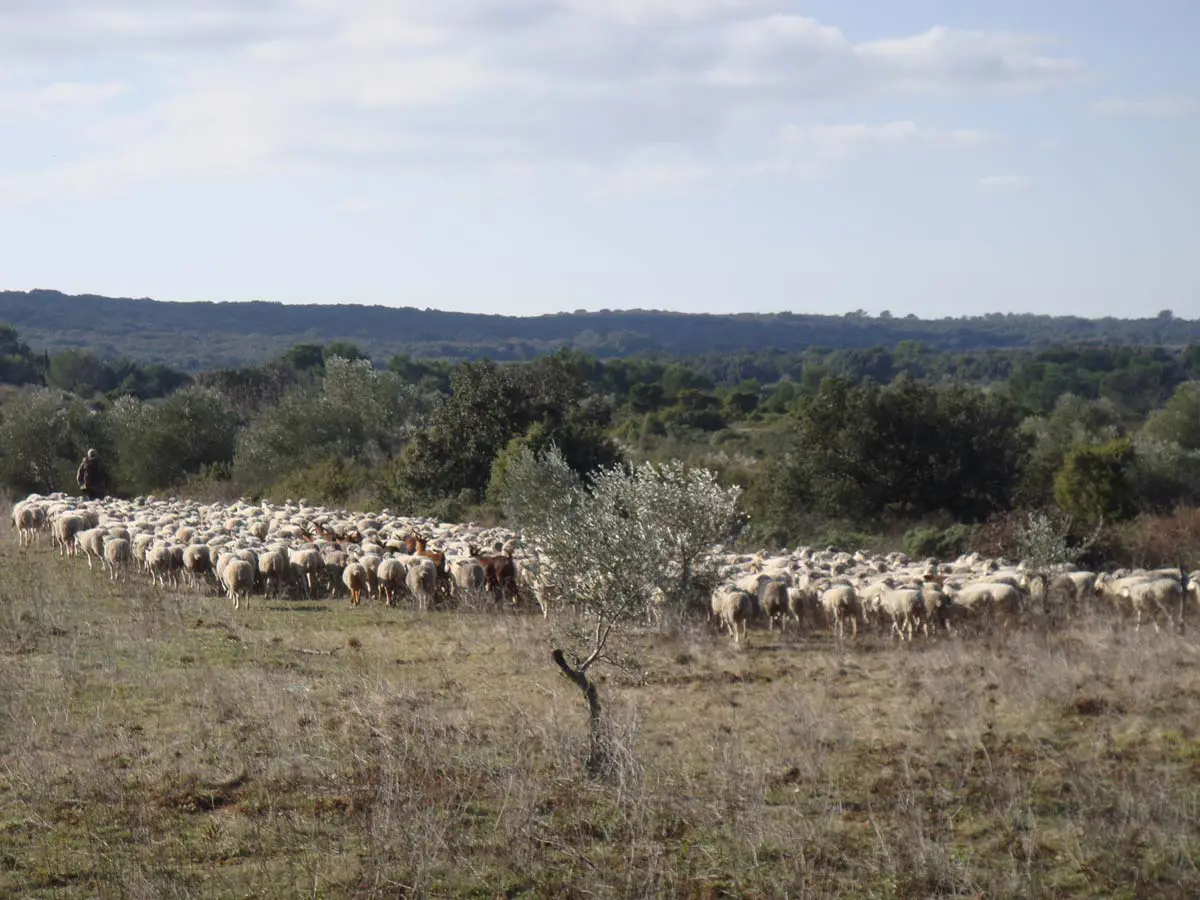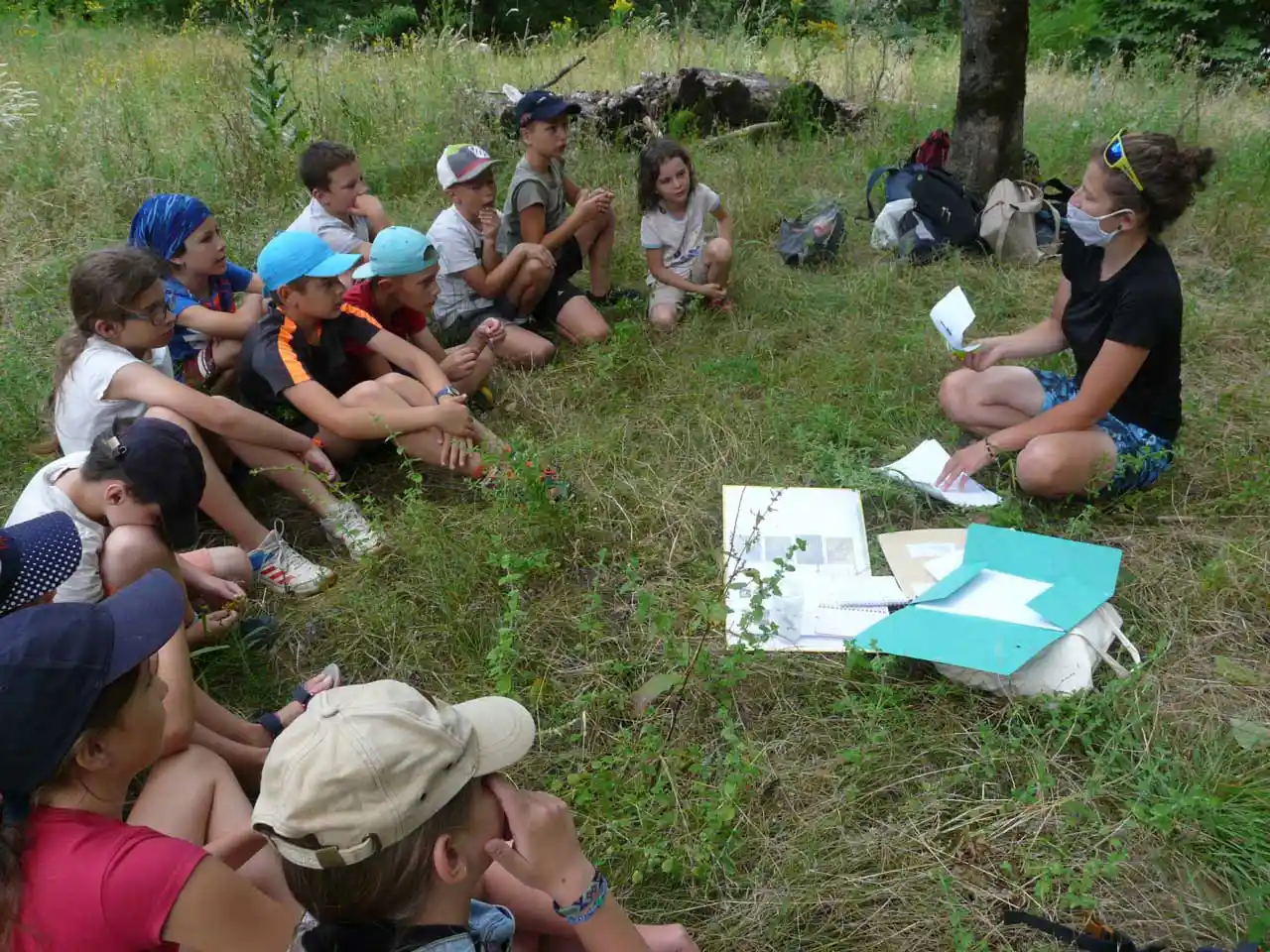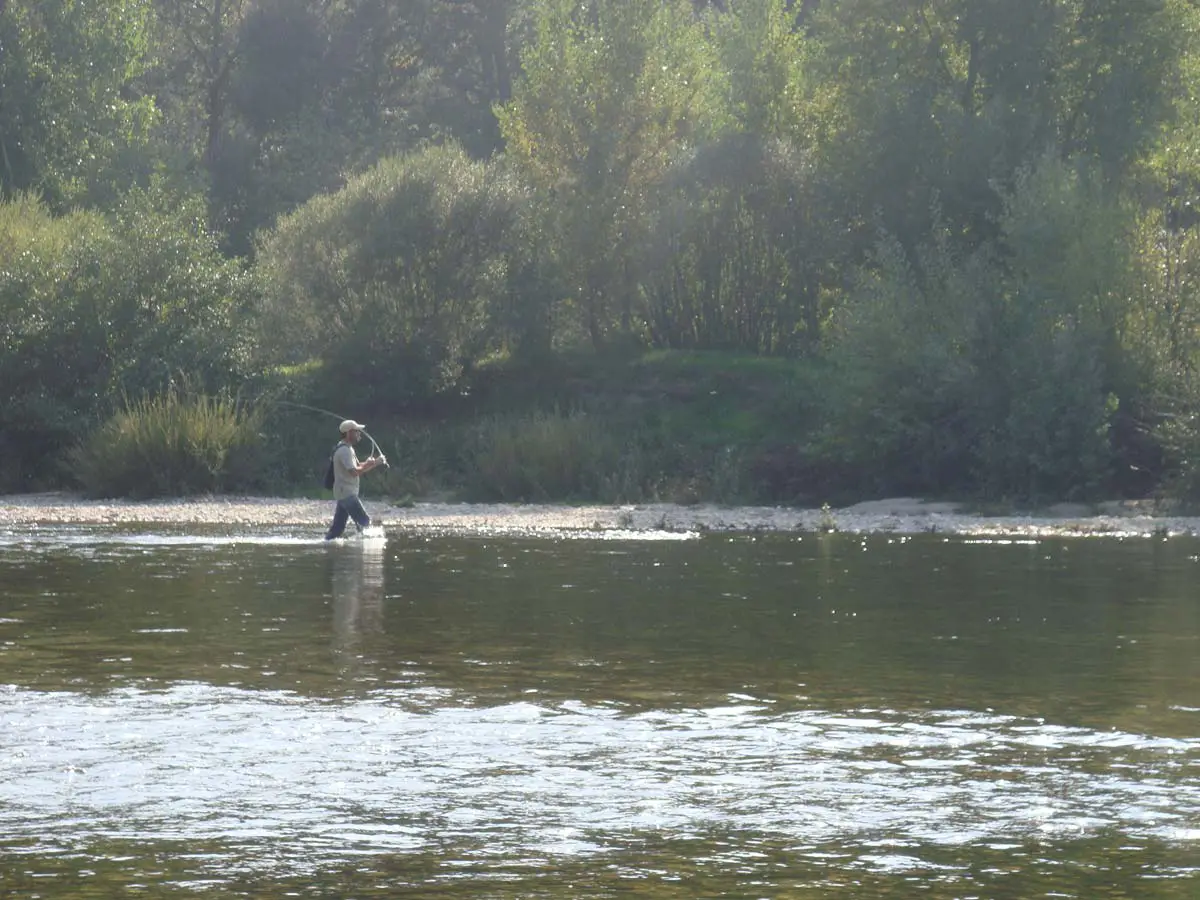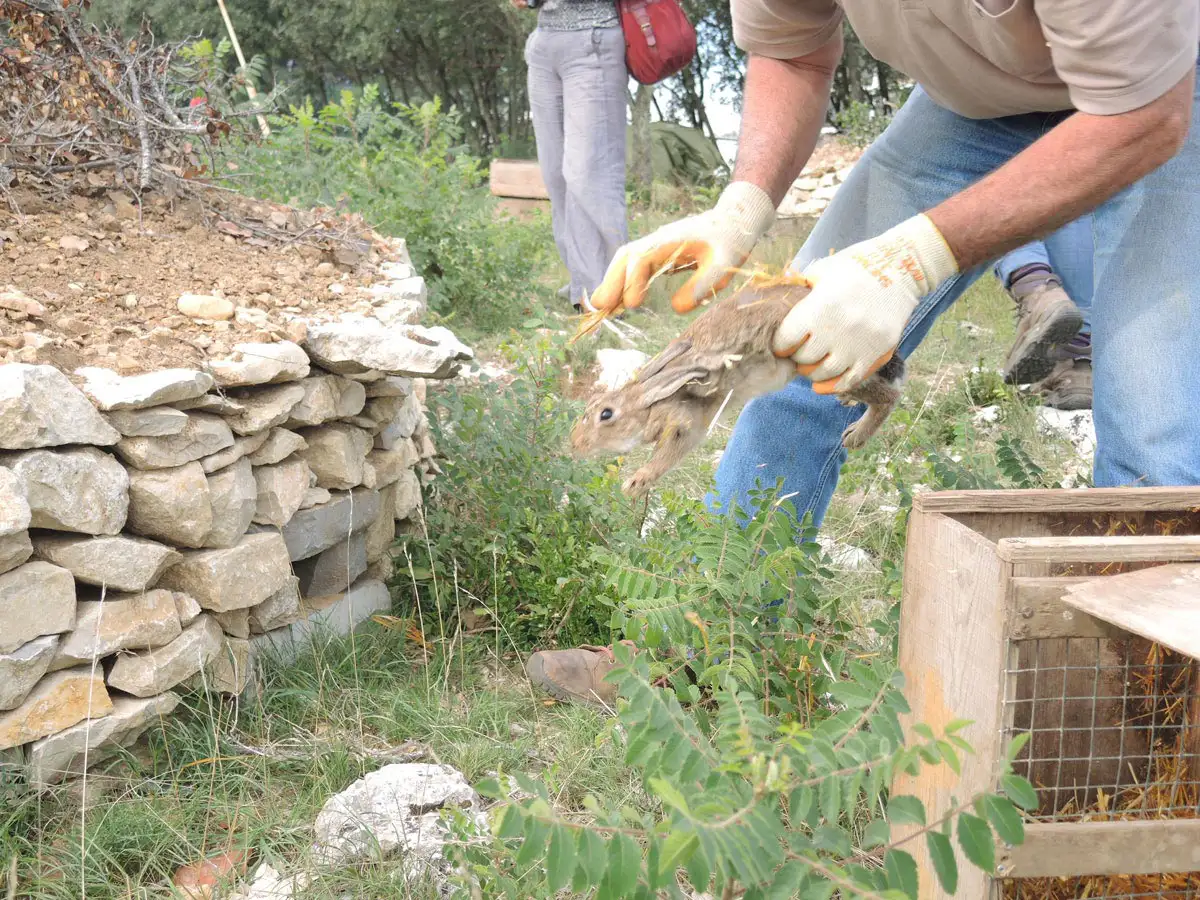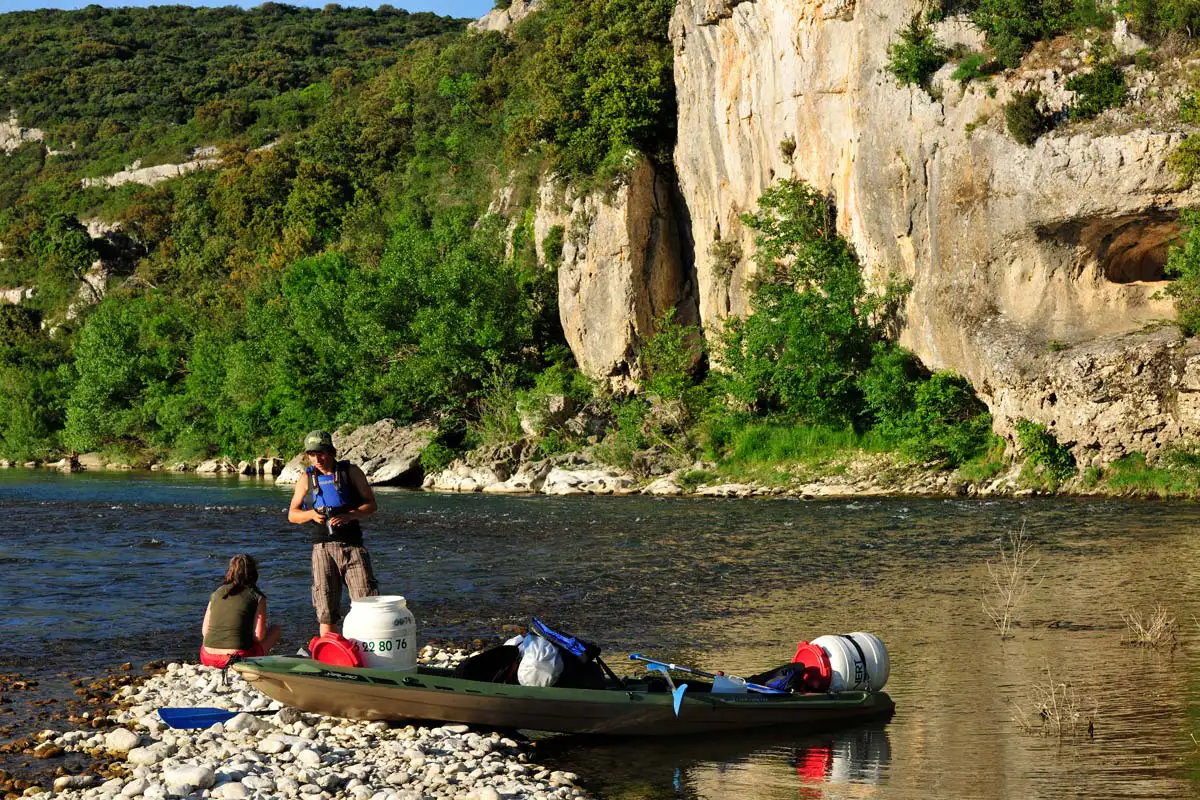The breeders
Volunteering breeders may receive technical and material support in two fields:
- The eco-grazing management of open environments, as breeders are the major actors of habitat conservation, along with Mediterranean false brome grass. Moreover, equipment meant for making the grazing activity easier shall be provided, such as lavognes
- The “ecosensible” management of parasitic risk, with the following zootechnical interests:
- Targeted and adapted treatments, which shall end up cheaper due to the fact they are non-systematic
- Developing the herd’s natural resistance capacity
- Improving the pastures’ quality thanks to a faster degradation of waste and soil enrichment
